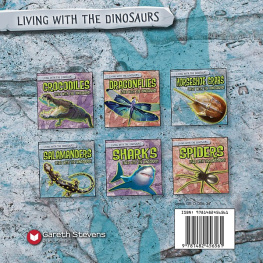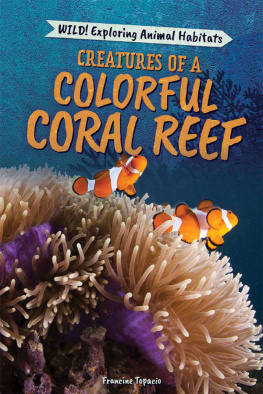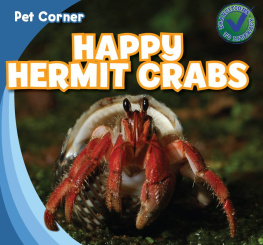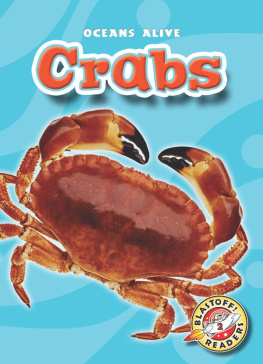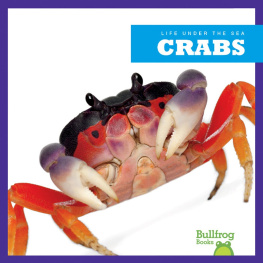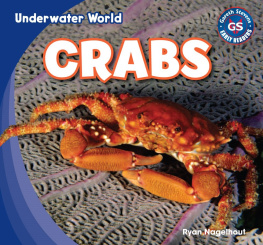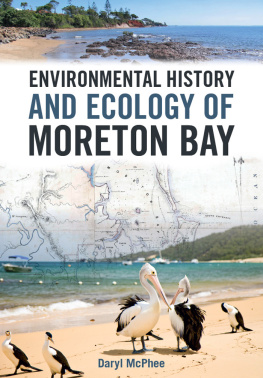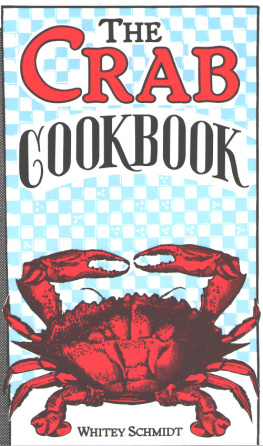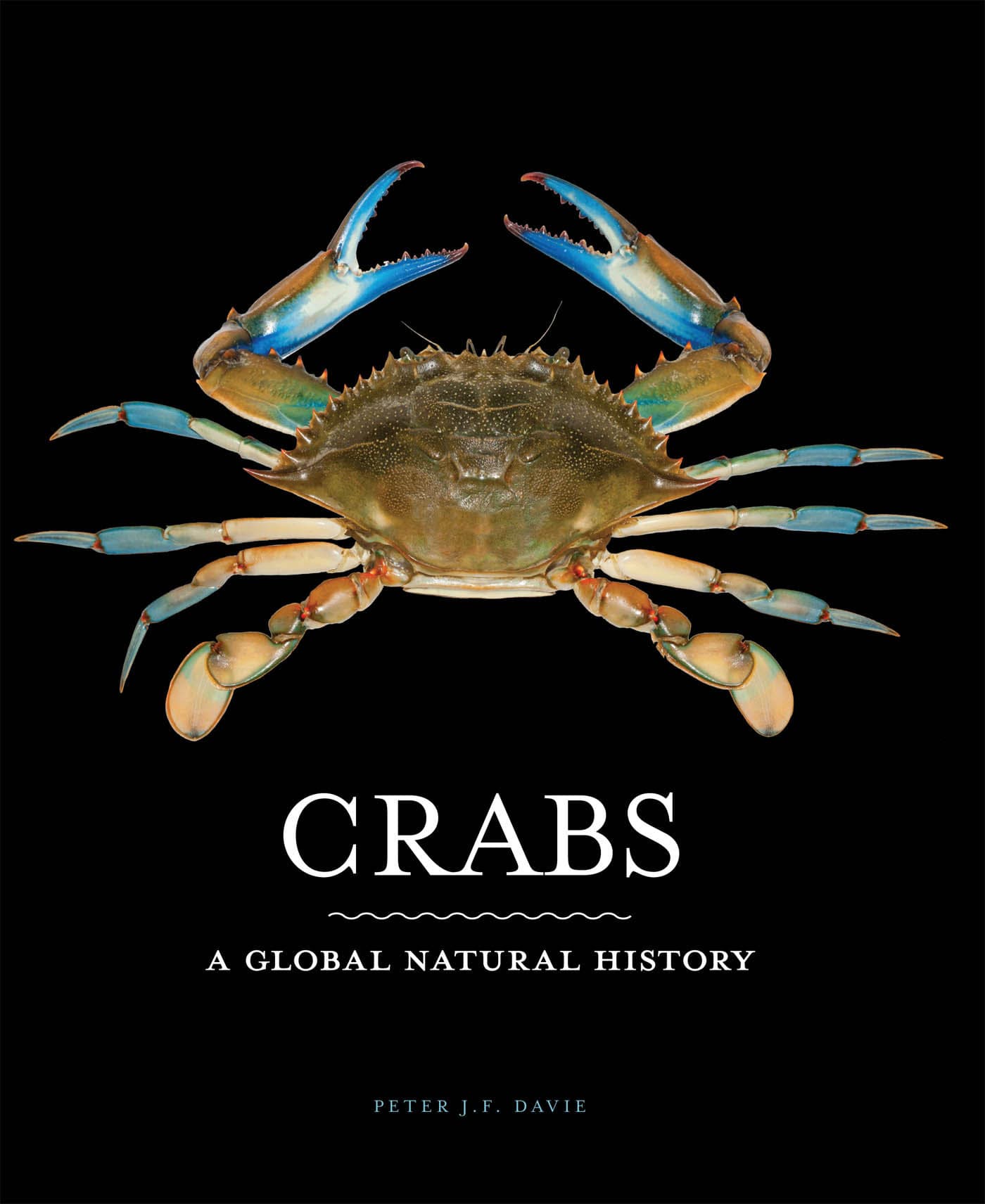Peter J. F. Davie - Crabs: A Global Natural History
Here you can read online Peter J. F. Davie - Crabs: A Global Natural History full text of the book (entire story) in english for free. Download pdf and epub, get meaning, cover and reviews about this ebook. year: 2021, publisher: Princeton University Press, genre: Home and family. Description of the work, (preface) as well as reviews are available. Best literature library LitArk.com created for fans of good reading and offers a wide selection of genres:
Romance novel
Science fiction
Adventure
Detective
Science
History
Home and family
Prose
Art
Politics
Computer
Non-fiction
Religion
Business
Children
Humor
Choose a favorite category and find really read worthwhile books. Enjoy immersion in the world of imagination, feel the emotions of the characters or learn something new for yourself, make an fascinating discovery.

- Book:Crabs: A Global Natural History
- Author:
- Publisher:Princeton University Press
- Genre:
- Year:2021
- Rating:3 / 5
- Favourites:Add to favourites
- Your mark:
Crabs: A Global Natural History: summary, description and annotation
We offer to read an annotation, description, summary or preface (depends on what the author of the book "Crabs: A Global Natural History" wrote himself). If you haven't found the necessary information about the book — write in the comments, we will try to find it.
A richly illustrated natural history of the worlds crabs that examines their diversity, ecology, anatomy, behavior, and more
This lavishly illustrated book offers a remarkable look at the worlds crabs. More than 7,000 crab species, in 100 different families, are known today. Their unique physiology and complex behaviors have made them one of the most diverse and adaptable of all animal groups. They can thrive in the darkness of abyssal seas, on the edges of scalding hot volcanic hydrothermal vents, on sunlit coral reefs, on wave-washed rocky shores, and in tropical rain forests at the tops of mountains. They even persist in some of the harshest desert conditions. Playing a vital role in marine and coastal ecology, crabs have been identified as keystone species in habitats such as coral reefs and coastal tropical swamps.
Crabs comprises five chapters: evolutionary pathways; anatomy and physiology; ecology; reproduction, cognition, and behavior; and exploitation and conservation. Individual chapters include a variety of subtopics, each illustrated by exceptional images, and followed by numerous double full-page species profiles. Each profile has been chosen to emphasize remarkable and intriguing aspects of the life of these fascinating creatures. Some species may be familiar, but many are beyond anything you have probably seen before and will stretch your understanding of what a crab is.
Written by a world authority, Crabs offers an accessible overview of these fascinating crustaceans.
- More than 190 spectacular color photographs
- Accessible and well-organized chapters
- Full profiles on 42 iconic species from across the world
Peter J. F. Davie: author's other books
Who wrote Crabs: A Global Natural History? Find out the surname, the name of the author of the book and a list of all author's works by series.

